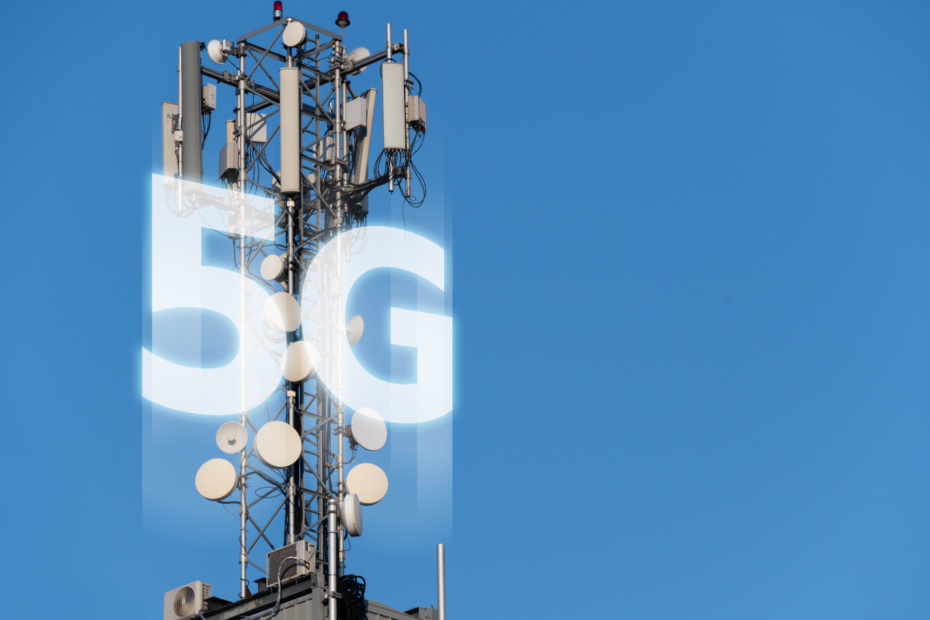As the world eagerly embraces the era of 5G connectivity, the evolution of telecommunication networks brings with it a new set of challenges, particularly in protecting critical infrastructure. Below, we will explore the specific challenges posed by the advent of 5G technology and review strategies to enhance the resilience of outside plant (OSP) infrastructures.
The 5G Revolution: A Paradigm Shift In Telecommunications
The rollout of 5G technology promises unparalleled connectivity, ultra-low latency, and massive device connectivity. However, the deployment of 5G networks introduces unique challenges to OSP, necessitating a reevaluation of protection strategies to ensure the seamless functioning of telecommunication infrastructure.
Specific Challenges In Protecting OSP In The 5G Landscape
1. Densification of Infrastructure: 5G networks require a higher density of small cells and antennas, leading to an increased vulnerability of OSP to physical damage during installation and maintenance activities.
2. Higher Frequency Spectrum: The use of higher frequency bands in 5G technology results in reduced signal propagation distances, requiring more outside plant components in closer proximity. This spatial compression amplifies the risk of unintentional damage during construction and excavation.
3. Power & Cooling Requirements: The implementation of 5G necessitates additional power and cooling infrastructure, placing added stress on outside plant components. Ensuring the protection of these critical elements becomes imperative to maintain network reliability.
Strategies For Enhancing OSP Resilience In The 5G Era
1. Advanced Monitoring Systems: Implementing sophisticated monitoring systems that leverage sensors and real-time data analytics to detect abnormalities in OSP infrastructure. Early detection allows for swift responses to potential threats and minimizes downtime.
2. Strategic Placement of OSP Components: Planning and deploying OSP components strategically to minimize the impact of densification. Ensuring proper spacing and alignment can reduce the risk of accidental damage during construction and maintenance activities.
3. Incorporating Robust Materials: Utilizing advanced materials capable of withstanding the increased demands of 5G infrastructure. Durable and weather-resistant materials can contribute to the longevity and reliability of OSP components in the face of evolving technology.
4. Collaboration With Construction & Development Sectors: Engaging in collaborative efforts with construction and development sectors to enhance awareness of OSP components and implement best practices for the installation and maintenance of 5G infrastructure.
The Future Of OSP In A 5G World
As the deployment of 5G networks continues to reshape our digital landscape, the resilience of outside plant infrastructure becomes paramount. By addressing the specific challenges posed by 5G technology and implementing proactive protection strategies, we can ensure the seamless integration of next-gen networks while safeguarding the critical OSP components that underpin our connected future.
Learn More
To find out about how Phoenix Loss Control can help when outside plant infrastructure damages occur, please click here.
For additional reading on OSP projects during the 5G deployment, check out this article.

